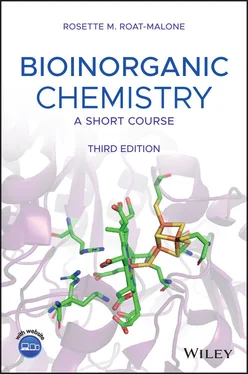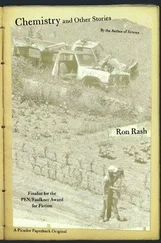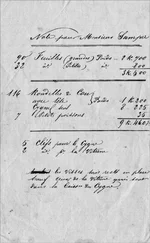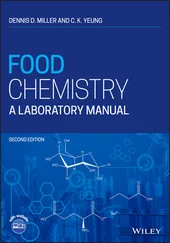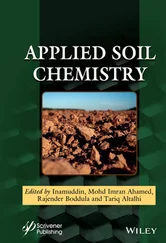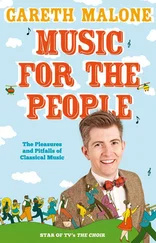177 169
178 170
179 171
180 172
181 173
182 174
183 175
184 176
185 177
186 178
187 179
188 180
189 181
190 182
191 183
192 184
193 185
194 186
195 187
196 188
197 189
198 190
199 191
200 192
201 193
202 194
203 195
204 196
205 197
206 198
207 199
208 200
209 201
210 202
211 203
212 204
213 205
214 206
215 207
216 208
217 209
218 210
219 211
220 212
221 213
222 214
223 215
224 216
225 217
226 218
227 219
228 220
229 221
230 222
231 223
232 224
233 225
234 226
235 227
236 228
237 229
238 230
239 231
240 232
241 233
242 234
243 235
244 236
245 237
246 238
247 239
248 240
249 241
250 242
251 243
252 244
253 245
254 247
255 248
256 249
257 250
258 251
259 252
260 253
261 254
262 255
263 256
264 257
265 258
266 259
267 260
268 261
269 262
270 263
271 264
272 265
273 266
274 267
275 268
276 269
277 270
278 271
279 272
280 273
281 274
282 275
283 276
284 277
285 278
286 279
287 280
288 281
289 282
290 283
291 284
292 285
293 286
294 287
295 288
296 289
297 290
298 291
299 292
300 293
301 294
302 295
303 296
304 297
305 298
306 299
307 300
308 301
309 302
310 303
311 304
312 305
313 306
314 307
315 308
316 309
317 310
318 311
319 312
320 313
321 315
322 316
323 317
324 318
325 319
326 320
327 321
328 322
329 323
330 324
331 325
332 326
333 327
334 328
335 329
BIOINORGANIC CHEMISTRY
A Short Course
Third Edition
ROSETTE M. ROAT‐MALONE
Washington College
Chestertown, MD, USA

This edition first published 2020
© 2020 John Wiley & Sons, Inc.
Edition History John Wiley & Sons Inc. (1e, 2002) John Wiley & Sons Inc. (2e, 2007)
All rights reserved. No part of this publication may be reproduced, stored in a retrieval system, or transmitted, in any form or by any means, electronic, mechanical, photocopying, recording or otherwise, except as permitted by law. Advice on how to obtain permission to reuse material from this title is available at http://www.wiley.com/go/permissions.
The right of Rosette M. Roat‐Malone to be identified as the author of this work has been asserted in accordance with law.
Registered Office John Wiley & Sons, Inc., 111 River Street, Hoboken, NJ 07030, USA
Editorial Office 111 River Street, Hoboken, NJ 07030, USA
For details of our global editorial offices, customer services, and more information about Wiley products visit us at www.wiley.com.
Wiley also publishes its books in a variety of electronic formats and by print‐on‐demand. Some content that appears in standard print versions of this book may not be available in other formats.
Limit of Liability/Disclaimer of Warranty In view of ongoing research, equipment modifications, changes in governmental regulations, and the constant flow of information relating to the use of experimental reagents, equipment, and devices, the reader is urged to review and evaluate the information provided in the package insert or instructions for each chemical, piece of equipment, reagent, or device for, among other things, any changes in the instructions or indication of usage and for added warnings and precautions. While the publisher and authors have used their best efforts in preparing this work, they make no representations or warranties with respect to the accuracy or completeness of the contents of this work and specifically disclaim all warranties, including without limitation any implied warranties of merchantability or fitness for a particular purpose. No warranty may be created or extended by sales representatives, written sales materials or promotional statements for this work. The fact that an organization, website, or product is referred to in this work as a citation and/or potential source of further information does not mean that the publisher and authors endorse the information or services the organization, website, or product may provide or recommendations it may make. This work is sold with the understanding that the publisher is not engaged in rendering professional services. The advice and strategies contained herein may not be suitable for your situation. You should consult with a specialist where appropriate. Further, readers should be aware that websites listed in this work may have changed or disappeared between when this work was written and when it is read. Neither the publisher nor authors shall be liable for any loss of profit or any other commercial damages, including but not limited to special, incidental, consequential, or other damages.
Library of Congress Cataloging‐in‐Publication Data
Names: Roat‐Malone, Rosette M., author.
Title: Bioinorganic chemistry : a short course / Rosette M. Roat‐Malone, Washington College, Chestertown, MD.
Description: Third edition. | Hoboken, NJ : Wiley, 2020. | Includes bibliographical references and index.
Identifiers: LCCN 2019030076 (print) | LCCN 2019030077 (ebook) | ISBN 9781119535218 (paperback) | ISBN 9781119535232 (adobe pdf) | ISBN 9781119535263 (epub)
Subjects: LCSH: Bioinorganic chemistry.
Classification: LCC QP531 .R63 2019 (print) | LCC QP531 (ebook) | DDC 572/.51–dc23
LC record available at https://lccn.loc.gov/2019030076LC ebook record available at https://lccn.loc.gov/2019030077
Cover Design: Wiley
Cover Image: Courtesy of Rosette M. Roat‐Malone
For
Rich
Sharon
Suzanne
In 2015, Kara Bren, Richard Eisenberg, and Harry Gray presented their thoughts about the beginnings of bioinorganic chemistry [1]. They credit Pauling and Coryell as the first researchers to realize the importance of the metal and the structure around the metal as the determining factor in hemoglobin's function. The conclusions of Pauling and Coryell, presented 80+ years ago in the Proceedings of the National Academy of Sciences , used a Guoy balance to determine hemoglobin's magnetic behavior. In two 1936 publications, they confirmed that the oxygenated and carbonmonoxygenated forms of hemoglobin were diamagnetic and discovered that the deoxygenated form was magnetic with four unpaired electrons per iron ion [2]. Quoting Bren, Eisenberg, and Gray: “the development of structure/function relationships has been a central theme of modern bioinorganic chemistry, with much attention paid to metal ion electronic structure.” Structure determines function in bioinorganic chemistry and happily we have many modern methods to determine these relationships for the one‐third of proteins that are metalloproteins.
When I first taught a bioionorganic course in the early 1990s, I used the 1984 book written by Robert Hay [3]. I thought those 200 pages told the whole story. Soon I moved on to the 1994 publication (411 pages) by Stephen Lippard and Jeremy Berg [4]. Now, if I were still teaching, I would be faced with 739 pages in the 2007 publication put together by Ivano Bertini, Harry Gray, Ed Stiefel, and Joan Valentine as editors with the help of 60+ contributors [5]. Our bioinorganic field has grown fantastically in the past 30 years, with ongoing discoveries, new and improved methods, and new bioinorganic subdisciplines – nanobioinorganic chemistry for one.
Читать дальше
